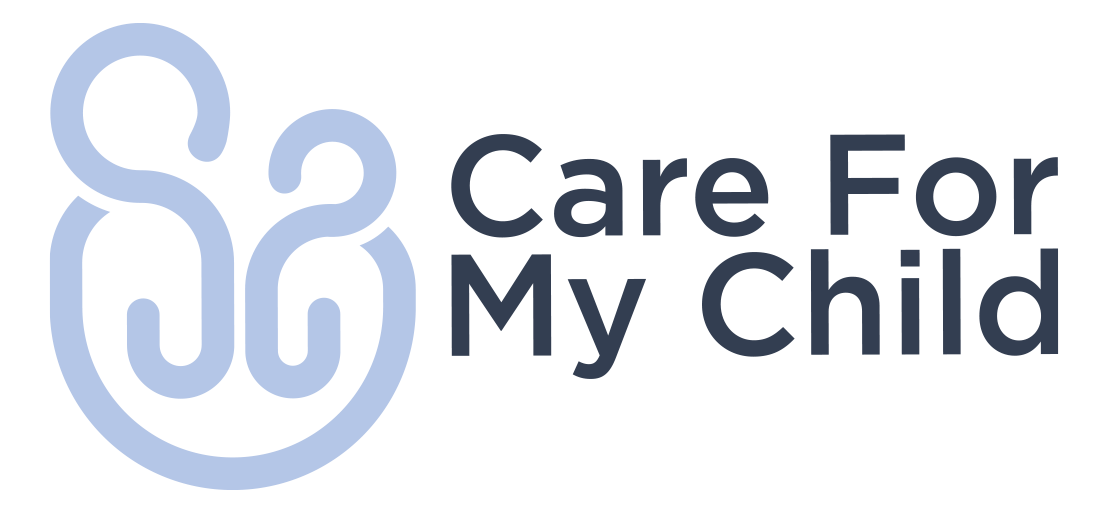Keeping your Baby Safe: Understanding Sudden Infant Death Syndrome (SIDS)
Introduction:
As parents, our top priority is keeping our children safe and healthy. In this blog, we will explore SIDS, the risk factors and prevention strategies. By following the recommended safer sleep practices and staying informed about the latest guidelines, you can create a safe and secure sleeping environment for your precious baby.
What is SIDS?
Sudden Infant Death Syndrome (SIDS) also known as cot death, is a devastating and unexplained phenomenon where babies die suddenly and without any apparent reason. It is most common in the first 6 months of life, but to reassure you it is still rare with only approximately 200 cases in the UK each year.
Risk Factors
While the exact cause of SIDS remains unknown, several risk factors have been identified. These include:
Sleeping position: Placing babies on their stomach or side for sleep increases the risk. Always put infants to sleep on their back, as recommended by healthcare professionals.
Unsafe sleep environment: Factors such as soft bedding, loose objects, overheating, and sharing a bed with adults or other children can contribute to SIDS. Create a safe sleep environment to minimise risks.
Smoking exposure: Smoking during pregnancy or exposing babies to second-hand smoke increases the risk of SIDS. Maintain a smoke-free environment for your baby’s well-being. The NHS offers free smoking cessation support.
Premature birth: There is little you can do if you baby joins the world earlier than expected! However, premature babies have a higher risk of SIDS, so extra care and precautions are essential to ensure their safety.
Family history: If a sibling has experienced SIDS, there may be a slightly increased risk for subsequent children.
Prevention Strategies:
Reducing the risk of SIDS involves implementing the following preventive measures:
Safe sleep environment:
Ensure the cot or bassinet is free of loose bedding, stuffed animals, and pillows
Use a firm mattress that is flat and in good condition
Room-sharing, not bed-sharing is recommended to keep your baby's sleep area in the same room as yours, but not in the same bed
Avoid overheating. Dress your baby in light, comfortable sleep attire, and keep the room at a moderate temperature.
Back to sleep: Always place babies on their back for sleep, even during naps. This is the safest sleep position.
Feet to foot: Placing your baby in “feet to foot” position with their feet touching the end of the cot or Moses basket.
Remove smoking exposure: Maintain a smoke-free environment for your child's well-being.
Breastfeeding: Research suggests that breastfeeding may offer some protection against SIDS. If possible, consider breastfeeding your baby.
Pacifiers (dummies): Studies have shown that offering a pacifier during sleep can help reduce the risk of SIDS. Consult with your healthcare provider about appropriate pacifier use for your baby.
Baby sling or carrier: make sure you use these safely. Tips can be found on the Lullaby Trust.
Potential Future Management:
While there is no guaranteed way to prevent SIDS entirely, ongoing research and medical advancements provide hope for potential future management options. These include:
Genetic studies: Scientists are investigating genetic factors that may contribute to SIDS susceptibility. Understanding these genetic markers could lead to targeted interventions or therapies.
Education and awareness: By spreading awareness about SIDS, its risk factors, prevention strategies, and the potential benefits of pacifier use, we can empower parents to make informed decisions and create a safe sleep environment for their babies.
Conclusion:
Sudden Infant Death Syndrome (SIDS) is a devastating occurrence that no parent wants to face. By increasing our understanding of SIDS and implementing important preventive strategies we can significantly reduce the risk. It is crucial to create a safe and nurturing environment for our little ones, ensuring their well-being and providing ourselves with peace of mind. Together, let's continue to prioritise the safety of our children and support ongoing research efforts to better understand and manage SIDS.
Further reading and resources:
Lullaby Trust: How to reduce the risk of SIDS for your baby - The Lullaby Trust
Baby Sling Safety: Baby Sling Safety – Keep your baby close and keep your baby safe. When you’re wearing a sling or carrier, don’t forget the T.I.C.K.S.
UNICEF UK - Baby Friendly Initiative: Caring for your baby at night leaflet - Baby Friendly Initiative (unicef.org.uk)
